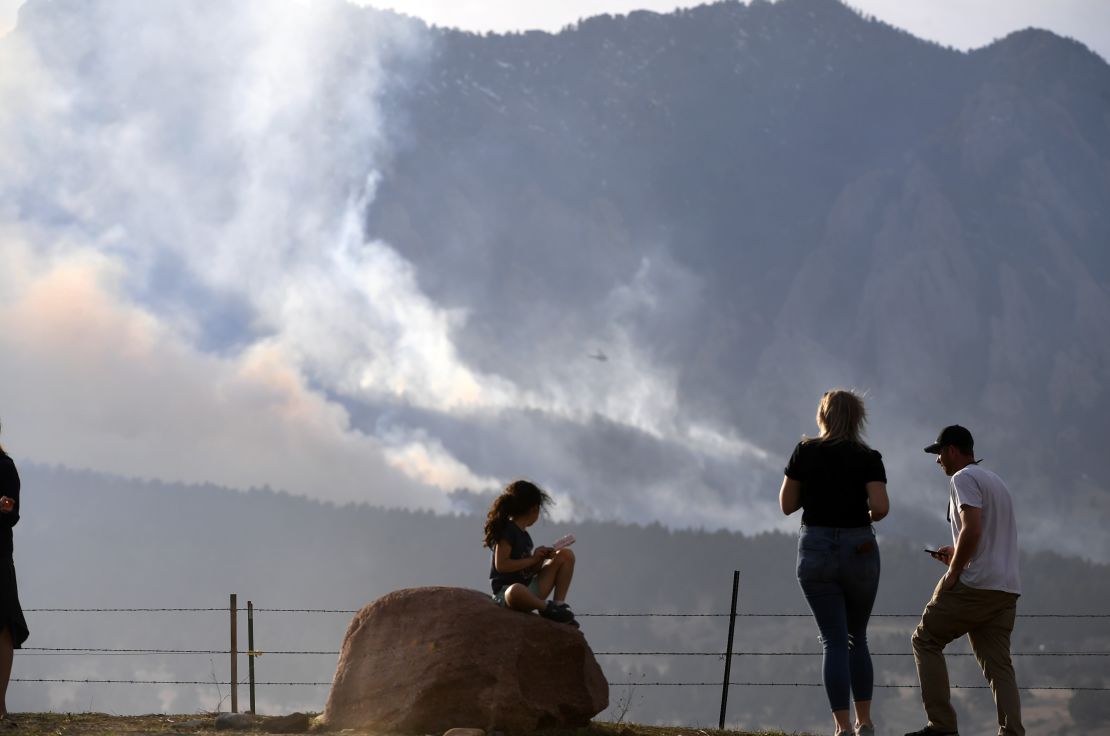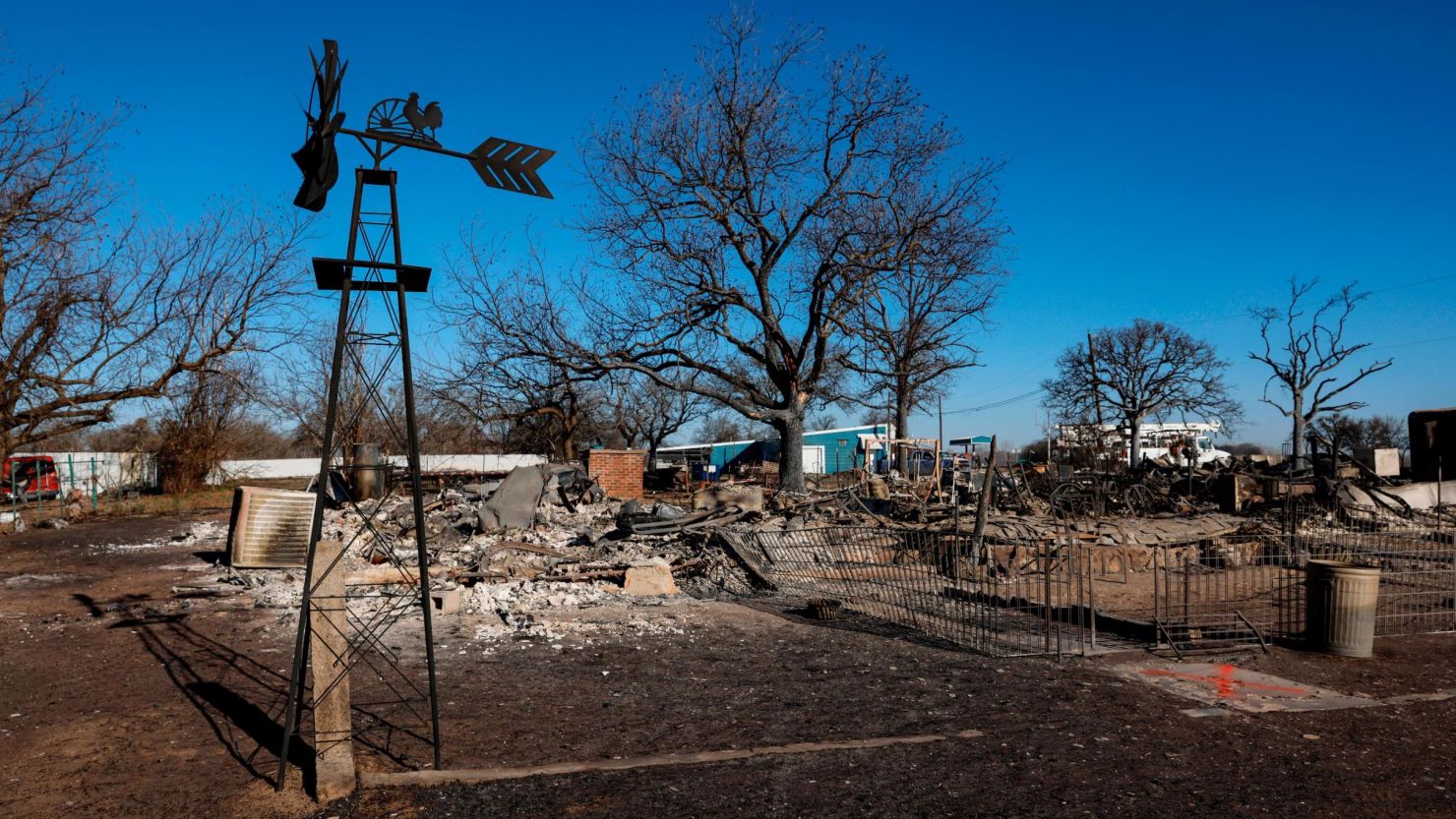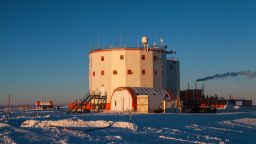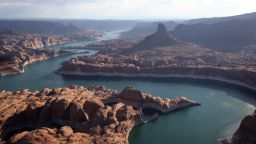Only a few months into 2022 and it’s already a dreadful year for wildfires. More than 14,781 separate wildfires have scorched over half a million acres as of this week, according to the National Interagency Fire Center, the largest number of fires year-to-date the agency has recorded in the past decade.
But many of these recent fires haven’t been igniting in California or the Pacific Northwest – which have endured several devastating fire seasons in a row – they’ve been popping up in places like Colorado and Texas, and have burned hundreds of thousands of acres in the past few weeks alone.
Earlier in March, scientists at the National Oceanic and Atmospheric Administration predicted drought conditions would expand eastward this spring and worsen in some locations – conditions that are now priming the landscape in the Southern Plains for dangerous, fast-moving fires.
“So while the spring outlook for this year from NOAA looks quite similar to last year, there is a key difference about this spring, which is that the drought has expanded eastward, pushing 70% of Texas – which was less impacted over the last two years – into severe drought,” Justin Mankin, assistant professor of geography at Dartmouth College and co-lead of NOAA’s Drought Task Force, told CNN.
Texas has been besieged by wildfires over the past few weeks as severe drought took hold. More than 700 fires scorched around 164,000 acres in the state this month, according to the Texas A&M Forest Service. A new blaze erupted near Fort Hood on Sunday that has since burned more than 33,000 acres, the forest service said.
In Colorado, around 19,000 residents were allowed to return to their homes Tuesday after a wildfire broke out near the Boulder area. The fire ignited on Saturday afternoon and burned out of control Saturday evening, which prompted the evacuation orders.
And nearly 10 million people in the Plains were under red flag warnings on Tuesday as forecasters warned a significant wildfire outbreak was possible, with the most dangerous conditions in the Texas and Oklahoma panhandles and southwest Kansas.

Daniel Swain, a climate scientist at the University of California at Los Angeles, said the transition period between winter and spring is usually when the Plains states tend to experience their wildfire season. But there have been some unusual trends in recent fire activity there, Swain told CNN.
“Even if there is still a relative lull in the winter, it’s not as deep a lull as used to be,” Swain said, noting that scientists are “seeing periods in the winter which used to have virtually zero fire risk, in some places now having appreciable fire risk, in some cases.”
On December 30, a violent wildfire tore through the western suburbs of Denver and Boulder during an extreme windstorm. The Marshall Fire burned down more than 1,000 homes in a matter of hours, officials said. NOAA attributed the severity of the fire in part to the extremely dry conditions Colorado experienced in the second half of 2021.
Climate researchers have said two major factors have contributed to the West’s multiyear drought: the lack of precipitation and an increase in evaporative demand, also known as the “thirst of the atmosphere.” Warmer temperatures increase the amount of water the atmosphere can absorb, which then dries out the landscape.
That’s also true for places like Colorado and interior Texas, away from the Gulf Coast, Swain said. When the atmosphere extracts moisture from the soil without returning that water in the form of precipitation, there’s going to be less water available to those plants.
“And that’s the main climate change connection – the effect that the warming and drying is having on the vegetation aridity itself,” Swain said. “In most cases, the drier vegetation becomes, the more flammable it becomes. In some cases, it’s an exponential relationship where each additional increment of drying makes it increasingly more flammable at an increasing rate.”
“That’s why even a few degrees of warming can make a big difference,” he added.
The UN Intergovernmental Panel on Climate Change reported in August that because of the climate crisis, droughts that may have occurred only once every decade or so now happen 70% more frequently. Since the 1970s, parts of Texas and the West have seen a doubling or tripling of the number of fire weather days, according to an analysis by Climate Central.
“The commonality that we’re seeing across most fire-prone regions on Earth is an increase in the number of extreme fire weather days, and also an increase in the magnitude of the very worst severe fire weather days,” Swain said. “And that is linked to human-caused climate change.”



